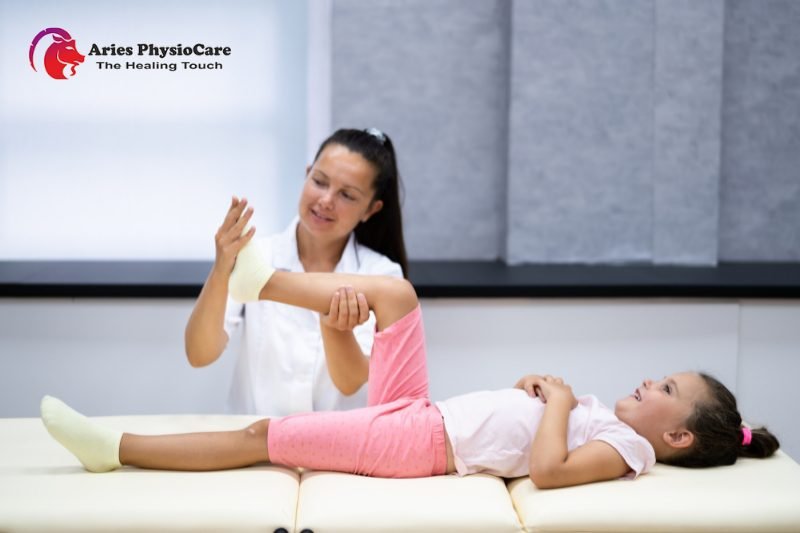Pediatric Physiotherapy

✯ Pediatric Physiotherapy: Nurturing Young Lives Through Specialized Care
Pediatric physiotherapy, often referred to as child physiotherapy, is a specialized branch of physical therapy dedicated to enhancing the health and well-being of children. In this comprehensive guide, we’ll explore what pediatric physiotherapy is, how it functions, the conditions it addresses, and the numerous benefits it offers to children and their families.
✯ What is Pediatric Physiotherapy?
Pediatric physiotherapy is a specialized field of physical therapy that focuses on evaluating, diagnosing, and treating a wide range of physical conditions and developmental issues in infants, children, and adolescents. This specialized form of care aims to improve a child’s physical function, mobility, and overall quality of life.
✯ How Does It Work?
Pediatric physiotherapy is a comprehensive and personalized approach tailored to each child’s unique needs. It begins with a thorough evaluation, during which the physiotherapist assesses the child’s physical abilities, strength, and any developmental or mobility challenges. Based on this assessment, a customized treatment plan is created, which may include various therapeutic techniques and exercises.
The core of pediatric physiotherapy lies in its ability to promote and enhance physical development, mobility, and functional independence in children. Treatment plans are designed to address specific issues, such as muscle weakness, coordination difficulties, developmental delays, orthopedic conditions, and neurological disorders. Additionally, pediatric physiotherapists often work closely with parents and caregivers to provide guidance on home exercises and strategies to support the child’s progress.
✯ What are the Conditions Treated by Pediatric Physiotherapy?
Pediatric physiotherapy is instrumental in managing and improving various conditions in children, including:
a. Developmental Delays:
This therapy helps children achieve developmental milestones by addressing delays in motor skills, speech, and cognitive development.
b. Orthopedic Conditions:
Children with orthopedic issues such as scoliosis, clubfoot, or fractures can benefit from physiotherapy to improve mobility and prevent long-term problems.
c. Neurological Disorders:
Conditions like cerebral palsy, spina bifida, and brain injuries benefit from physiotherapy to enhance motor skills, coordination, and muscle strength.
d. Sports Injuries:
Child athletes can receive specialized care to recover from injuries, prevent future injuries, and optimize their performance.
e. Respiratory Issues:
Physiotherapists can assist children with breathing problems, such as asthma or cystic fibrosis, by improving lung function and teaching effective breathing techniques.
✯ What are the Benefits of Pediatric Physiotherapy?
Pediatric physiotherapy offers numerous advantages for children and their families:
a. Improved Mobility:
Children can achieve age-appropriate motor skills, enhancing their independence and participation in everyday activities.
b. Pain Relief:
For children with orthopedic conditions or injuries, physiotherapy can reduce pain and discomfort, promoting a better quality of life.
c. Enhanced Muscle Strength:
Physiotherapy helps build muscle strength and endurance, contributing to better physical development.
d. Developmental Milestones:
Children with developmental delays can catch up with their peers, ensuring they reach important developmental milestones on time.
e. Support for Parents:
Pediatric physiotherapists educate and empower parents with strategies and exercises to continue at home, further supporting their child’s progress.
✯ Conclusion
pediatric physiotherapy, or child physiotherapy, plays a pivotal role in nurturing the physical development and well-being of children. By collaborating with skilled pediatric physiotherapists, families can anticipate a future where their children enjoy improved mobility, enhanced physical abilities, and a higher quality of life. Pediatric physiotherapy is a beacon of hope for children facing physical challenges, offering them the opportunity to grow, thrive, and reach their full potential.
